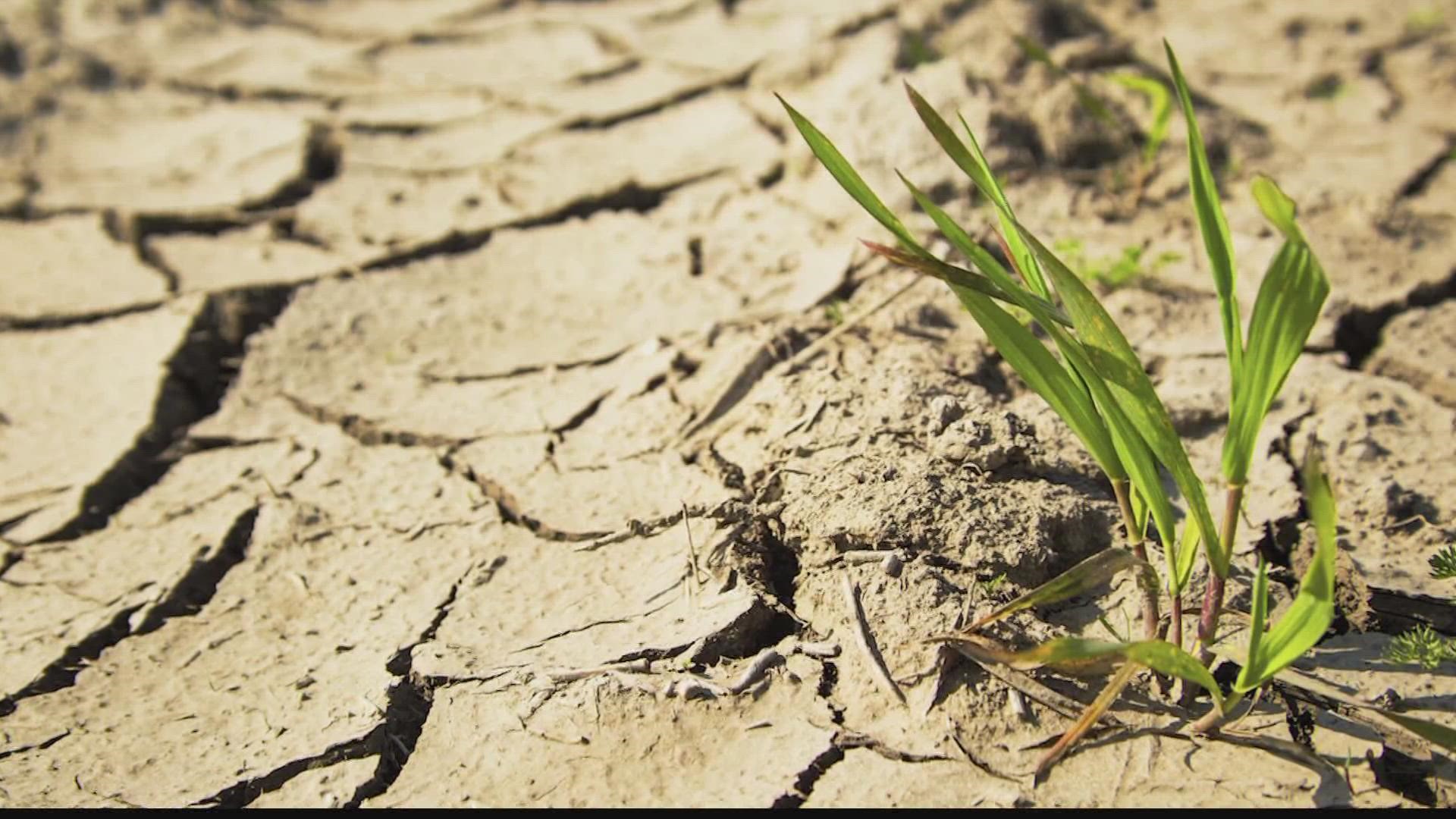HOUSTON — Drought. It’s been one of the top Google search terms in the Houston area and across the country.
We’re taking some of your top questions and Meteorologist Pat Cavlin is breaking them down. He explains the different levels of drought and what causes them.
What is a drought?
Simply put, a drought is drier-than-normal conditions over a prolonged period.
What causes drought?
Drought happens when there is a lack of rainfall for a long period of time, typically weeks or months, and even years. If dry conditions continue, leading to a decline of water in streams, lakes reservoirs and water supply, we enter a drought.
Conditions can be worsened by higher demand for water. For example, in summer, more people water their lawns and try to stay cool in pools and sprinklers, which puts a strain on the water supply system.
What are the types of droughts?
The are several types of drought conditions. We classify them from dry to exceptional drought.
Dry: While not technically a level of drought, it's used to describe conditions when there has a been mild lack of precipitation.
When an area enters the stage of moderate drought, it starts to see more wildfires because the brush becomes dryer and more susceptible to sparking.
When severe drought happens, that is when counties, cities and sometimes states take action to decrease the chances of wildfires why implement burn bans or restrictions.
Extreme drought begins to impact wildlife and agriculture. Areas can experience crop loss and animals are affected because they can’t find food and water.
Exceptional drought is the highest level of drought in which an area can experience total crop loss and areas implement water restrictions.
In several cities in the Houston area, voluntary water conservation plans have been put in place. Over the next month, our area would need about 12 to 18 inches of rain to see the drought disappear.

